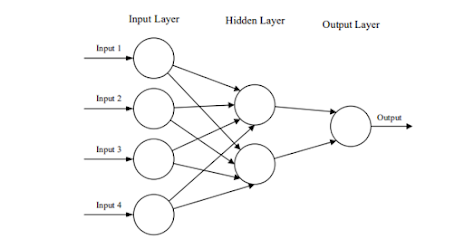Cryo
milling refers to milling processes that take place at very low temperatures.
In the powder metallurgical technique, milling is the top to bottom approach
utilised to make tiny powder. In order to obtain such a low temperature (below
123K subzero), N2 is used, which assists in maintaining the low temperature. In
milling, particles are mixed mechanically, but in the sintering process,
particles are mixed chemically. Sintering is a procedure that ensures proper
bonding and strength of materials.
· There is no residue or disturbances in material during operation
Light weight and high efficiency ZT value
· High conductivity inside crystal and lattice thermal conductivity
Let
us look at the procedure of the experiment :
Results of the experiment showed that the size distribution reduces as milling period increases. Specifically, after 6 h, the particle size range is from nearly 0.15–14 um.Increasing milling period to 6 h gives rise to b-FeSi2 phase formation itself. This indicates that Si atoms disperse into Fe lattice and supersaturated solid solution of BETA-FeSi2 is formed
§ In DTA analysis of sample. During the heating cycle, an exothermic peak is observed at around 596–600C in all the three powders. Broadening of exothermic peak is observed, which extends over around 50C temperature range. This temperature range is believed to indicate eutectoid transformation (a-Fe2- Si5 gives b-FeSi2 + Si) and secondary transformation of e-FeSi + Si gives b-FeSi2. This shows that actual eutectoid reaction temperature i.e. 932C then decreases to 600 C due to Cryo milling.
§ We saw very less beta-Fes2 in CM4HT6 but in it was more in CM6HT6 with some amount of Si this show that Si atoms have been dispersed into Fe lattice and supersaturated solid solution of beta-FeSi2 has formed
|
the terms
D10, D50, D90 represents respectively the percentage of powder particle
whose diameter is smaller than the corresponding observed diameter. |
The
conclusion obtained from the above result was that because the milling
temperature was below the ductile to brittle transition temperature, the power
brittle, which made milling easier, the usual b-FeSi2 formation temperature was
932 °C, which had been reduced to roughly 600 C. In CM6, beta-FeS2 production
was seen, followed by 6 hours of sintering at 800°C, which revealed significant
transformation to beta-FeS2 and traces of silicon. More than 6 hours of milling
resulted in agglomeration of FE particles, which acted as Si deprived zones, resulting
in the creation of allied phases, which obstruct phase transformation of
beta-Fes2 and alter its properties.
References :
Credits:
Om Gawande (TY Metallurgy)
(Team R&D)
Note: This blog is meant for educational purposes only. We do not own any Copyrights related to images and information, all the rights go to their respective owners. The sole purpose of this blog is to Educate, Inspire, Empower, and create awareness in the viewers. The usage is non-commercial (Not for Profit) and we do not make any money from it.
FOLLOW US ON:-
INSTAGRAM:https://bit.ly/coep_blogs_insta
LINKEDIN:https://bit.ly/coep_blogs_linkedIn
YOUTUBE:https://bit.ly/Coep_blogs_YouTube







